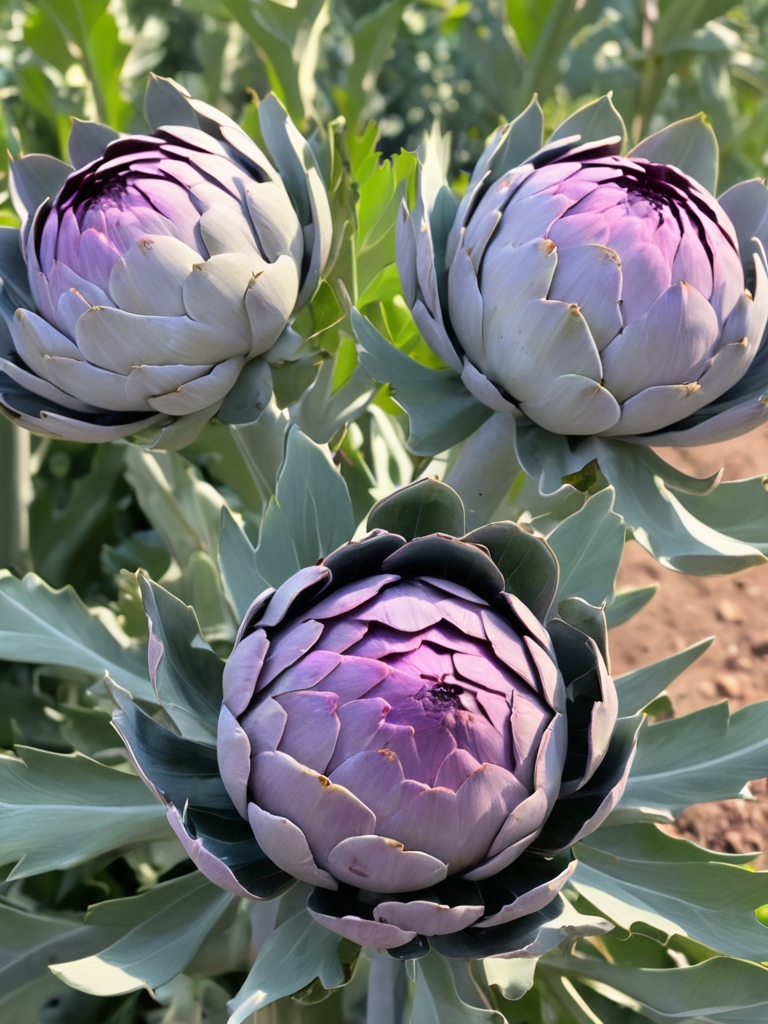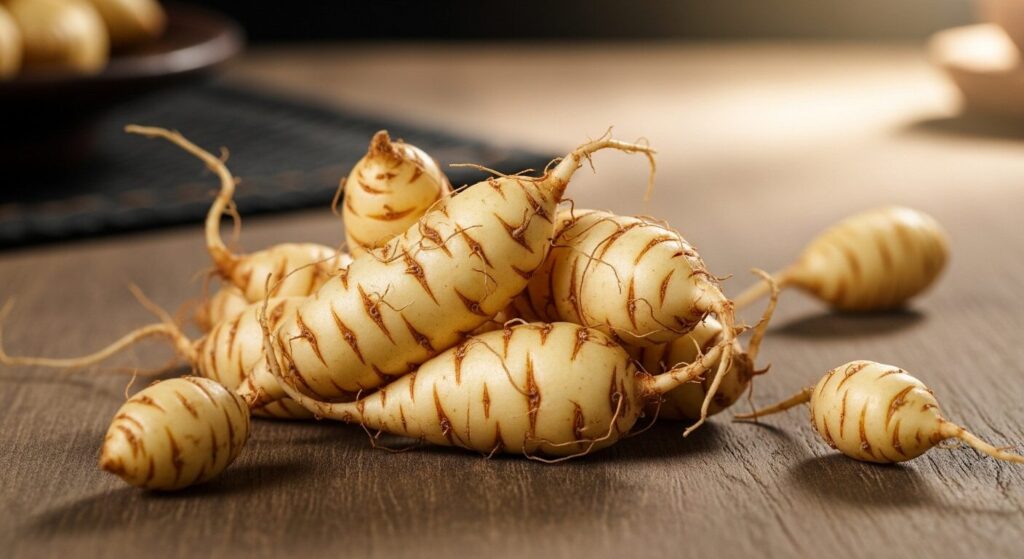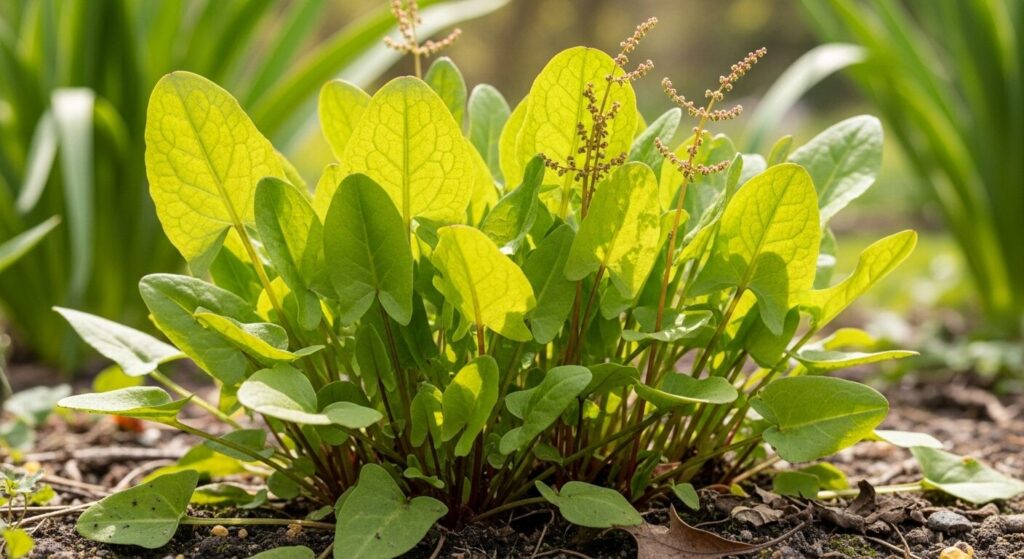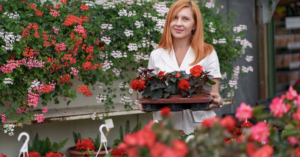Imagine planting a vegetable once and wanting fresh harvests season after season—no necessity to replant each year. Sounds like a dream, right? Welcome to the world of perennial veggies! These amazing plants return yearly, saving you time, money, and effort. Unlike standard annuals, perennial veggies are low-maintenance, more resilient, and can transform your garden into a sustainable, self-renewing paradise.
Whether you’re a busy gardener or someone who values fresh, homegrown produce, these plants are a game-changer. Are you keen to discover the top 18 perennial veggies you can plant once and enjoy for years? Let’s get started!
Why Choose Perennial Veggies?
Planting perennial veggies isn’t just about convenience—it’s a wise, eco-friendly choice. Here’s why gardeners everywhere are obsessed with them:
- Less Work: Plant once, harvest for years.
- Soil Health: Perennials stabilize soil and improve its structure over time.
- Resilience: Many perennial veggies withstand pests, droughts, and changing seasons better than annuals.
- Sustainability: Reduce tilling, fertilizers, and your carbon footprint.
- Cost Effective: Save on seeds, starters, and labor.
In short, perennial veggies give you more food with less effort—a total win-win!
The Best 18 Perennial Veggies to Grow
Let’s break down the superstars of the perennial world, including how to grow them and tasty tips for your table.
1. Asparagus (Asparagus officinalis)
Asparagus is the king of perennial veggies! Plant it once, and you can harvest it for 20+ years.
- Growing Needs: Full sun, well-drained soil.
- Harvesting: Wait two years after planting before heavy picking.
- Pro Tip: Mulch heavily in winter to protect crowns.
Fresh spears are delicious roasted, grilled, or steamed with butter and lemon!
2. Rhubarb (Rheum rhabarbarum)
Technically, it is a vegetable but often treated like a fruit, and rhubarb is a hardy garden staple.
- Growing Needs: Cool climates, rich soil.
- Harvesting: Only stalks are edible; leaves are toxic!
- Pro Tip: Divide clumps every 5-6 years to maintain vigor.
Perfect for pies, jams, and tangy sauces!
3. Artichoke (Cynara scolymus)

With its striking look and rich flavor, the artichoke is ornamental and edible.
- Growing Needs: Mild winters, sunny locations.
- Harvesting: Snip buds before they fully open.
- Pro Tip: In colder zones, grow globe artichokes as annuals—or mulch deeply!
Dip the tender hearts in garlic butter for a heavenly treat.
4. Egyptian Walking Onions (Allium proliferum)
One of the quirkiest perennial veggies, these onions “walk” by replanting themselves!
- Growing Needs: Sun to partial shade.
- Harvesting: Use both bulbs and greens.
- Pro Tip: Let the tops bend naturally for self-replanting.
Add their mild, zesty flavor to salads, soups, and stir-fries.
5. Sorrel (Rumex acetosa)
Sorrel brings a bright, lemony tang to your kitchen year after year.
- Growing Needs: Partial shade, moist soil.
- Harvesting: Pick young leaves regularly.
- Pro Tip: Cut back after flowering to encourage tender new growth.
Perfect in spring soups, salads, and sauces!
6. Good King Henry (Blitum bonus-Henricus)
A forgotten but valuable heritage vegetable!
- Growing Needs: Partial shade, rich soil.
- Harvesting: Young shoots and leaves.
- Pro Tip: Give it time—it’s slow to establish but incredibly hardy once rooted.
Steam like spinach or toss raw into salads.
7. Sea Kale (Crambe maritima)
This beautiful, coastal-loving veggie deserves a comeback.
- Growing Needs: Sandy, well-drained soil.
- Harvesting: Blanched shoots, young leaves, and edible flower buds.
- Pro Tip: Protect from slugs and snails.
Sauté or roast it for a sweet, nutty flavor.
8. Chinese Artichoke (Stachys affinis)

Also known as Crosne, these crunchy tubers are a hidden gem.
- Growing Needs: Loamy soil, regular watering.
- Harvesting: Dig up in the fall.
- Pro Tip: Plant in containers to prevent spreading.
A delicacy in Asian cuisine—lightly stir-fry for a crisp, nutty treat.
9. Horseradish (Armoracia rusticana)
If you love spice, horseradish is a must-grow!
- Growing Needs: Sun to partial shade, loose soil.
- Harvesting: Dig roots in late fall.
- Pro Tip: Contain roots, or it can spread aggressively.
Grate fresh for the best hot, tangy flavor.
10. Lovage (Levisticum officinale)
This celery-flavored giant grows up to six feet tall!
- Growing Needs: Moist, rich soil.
- Harvesting: Leaves, stalks, seeds, and roots.
- Pro Tip: A little goes a long way—very flavorful!
Use it in stocks, soups, and stews for a bold kick.
11. Chives (Allium schoenoprasum)
The easiest of all perennial veggies to grow.
- Growing Needs: Full sun, moderate soil.
- Harvesting: Snip leaves regularly.
- Pro Tip: Cut back after flowering for continuous harvest.
Top baked potatoes, eggs, and creamy dips with mild onion flavor.
12. Tree Collards (Brassica oleracea)

Imagine kale… but perennial!
- Growing Needs: Mild climates, some support.
- Harvesting: Pick leaves as needed year-round.
- Pro Tip: Prune to encourage bushier growth.
Great in smoothies, sautés, and hearty soups.
13. Skirret (Sium sisarum)
An ancient, sweet-flavored root veggie.
- Growing Needs: Rich, moist soil.
- Harvesting: After frost for the sweetest taste.
- Pro Tip: Mulch heavily for winter protection.
Boil or roast like carrots for a honeyed flavor.
14. Turkish Rocket (Bunias orientalis)
Peppery leaves and broccoli-like buds? Yes, please.
- Growing Needs: Tough, poor soils are fine.
- Harvesting: Young leaves and flower heads.
- Pro Tip: Cut back after flowering to prevent invasiveness.
Toss the buds into stir-fries or salads for a zesty punch.
15. Watercress (Nasturtium officinale)
A peppery, nutrient-rich green that thrives in wet spots.
- Growing Needs: Constant moisture.
- Harvesting: Snip tops regularly.
- Pro Tip: Best grown in containers to control spread.
Delicious in sandwiches, salads, and soups.
16. French Sorrel (Rumex scutatus)

Similar to common sorrel, but with smaller, sweeter leaves.
- Growing Needs: Partial shade, rich soil.
- Harvesting: Cut outer leaves.
- Pro Tip: Shade prolongs tenderness in summer.
Brighten up your sauces, omelets, and side dishes.
17. Malabar Spinach (Basella alba)
Though technically a tropical vine, it acts like a perennial veggie in hot climates.
- Growing Needs: Trellis, heat, moisture.
- Harvesting: Pick tender shoots and leaves.
- Pro Tip: Mulch heavily for moisture retention.
Sauté or use raw for a succulent, spinach-like bite.
18. Yacon (Smallanthus sonchifolius)
These sweet, juicy tubers are a joy to discover underground!
- Growing Needs: Long growing season, rich soil.
- Harvesting: After frost.
- Pro Tip: Store tubers like potatoes for year-round use.
Enjoy raw slices or lightly roasted for a caramel flavor.
How to Start a Perennial Veggie Garden
Starting your garden of perennial veggies is easier.
Here’s a quick roadmap:
1. Choose the correct location:
Most perennial veggies need sun, but a few love partial shade.
2. Prepare your soil:
Add compost and organic matter to improve the soil long-term.
3. Plant with the future in mind:
Perennials need space to spread! Read labels carefully for spacing advice.
4. Mulch generously:
Mulch locks in moisture suppresses weeds and stabilizes soil temperature.
5. Water consistently:
Especially during the first year, when plants are establishing deep roots.
Smart Growing Tips for Perennial Veggies
To maximize your perennial veggies harvest, keep these strategies in mind:
- Start Strong: Invest in healthy roots, crowns, or starter plants.
- Mulch Generously: Suppress weeds and maintain soil moisture.
- Prune Wisely: Keeps plants vigorous and productive.
- Fertilize Naturally: Compost and organic amendments are your friends.
- Patience Pays: Some perennial veggies take a season or two to hit full stride—but they’re worth it!
Why Perennial Veggies Are the Future of Gardening
Growing perennial veggies isn’t just convenient — it’s eco-friendly.
Here’s why:
- Reduces soil erosion by keeping living roots in the ground year-round
- Improves biodiversity by supporting more insects and microbes
- Cuts down on carbon emissions from yearly tilling
- Saves water through deeper root systems
In a world where sustainability matters more than ever, perennial veggies are a simple, beautiful solution right in your backyard.
Why Perennial Veggies Matter More Than Ever
Growing perennial veggies is about more than saving time — it’s a wise, sustainable choice for the planet.
Soil Health:
Deep roots stabilize and enrich the soil naturally, reducing erosion.
Less Work, Less Waste:
Fewer tilling and planting cycles mean less fossil fuel use and less disruption of soil ecosystems.
Water Conservation:
Perennials generally require less water than thirsty annuals.
Wildlife Habitat:
Perennial gardens support bees, butterflies, and beneficial insects.
In short? Growing perennial veggies isn’t just good for you — it’s good for the Earth.
FAQs About Perennial Veggies
Are perennial veggies easier than annuals?
Generally, yes! After the initial planting, perennial veggies need less care and replanting, though occasional maintenance like dividing or pruning helps them last longer.
Can I grow perennial veggies in containers?
Absolutely. Many varieties, such as chives, sorrel, and watercress, thrive in pots with the right soil and watering schedule.
Do perennial veggies survive winter?
It depends on your climate and the vegetables. Some, like asparagus and rhubarb, are very hardy, while others, like Malabar spinach, need frost protection.
Final Thoughts: Invest in Your Garden’s Future
Growing perennial veggies is one of the smartest moves you can make as a gardener. They reward your initial effort with years—sometimes decades—of delicious, fresh harvests. Whether you have a small balcony or sprawling acreage, including these resilient, productive plants will save you time, boost biodiversity, and create a more sustainable future.
So why not plant once, harvest forever, and let your garden do the heavy lifting?
Start building your perennial veggie paradise today!
Disclaimer
This content is for informational purposes only and does not replace professional gardening advice. Some perennial vegetables may behave differently depending on local climate and soil conditions. Always research what’s best for your region!




